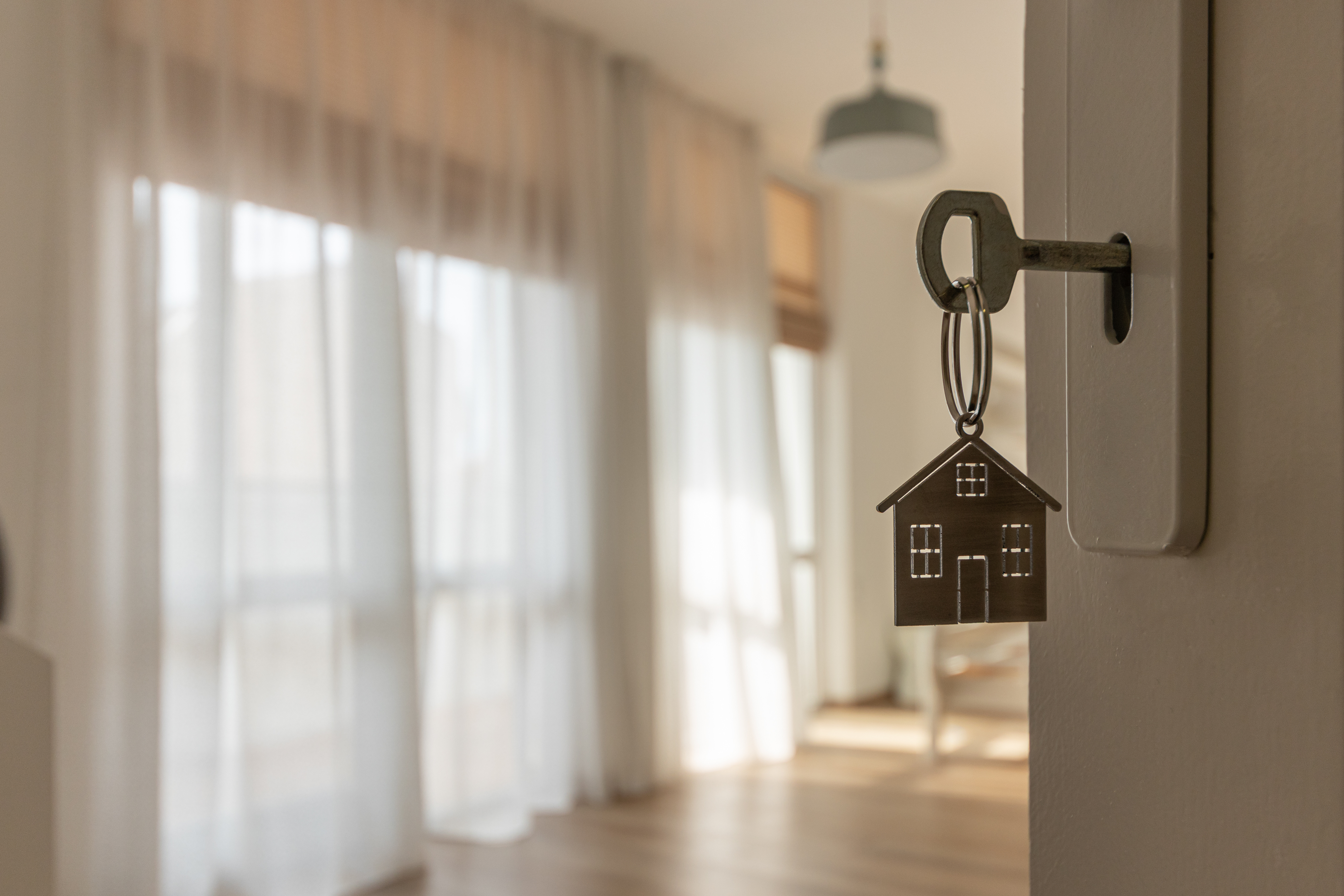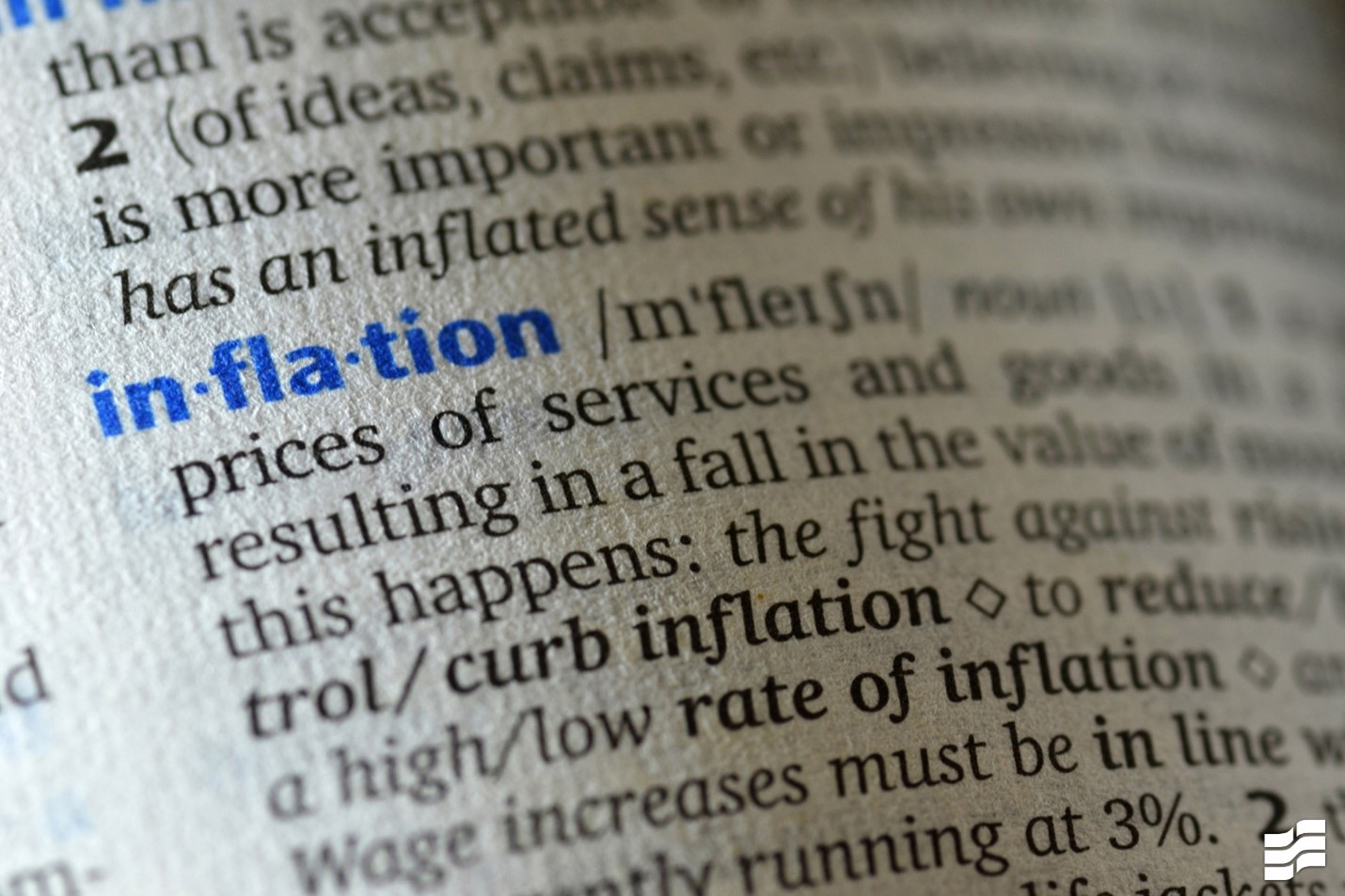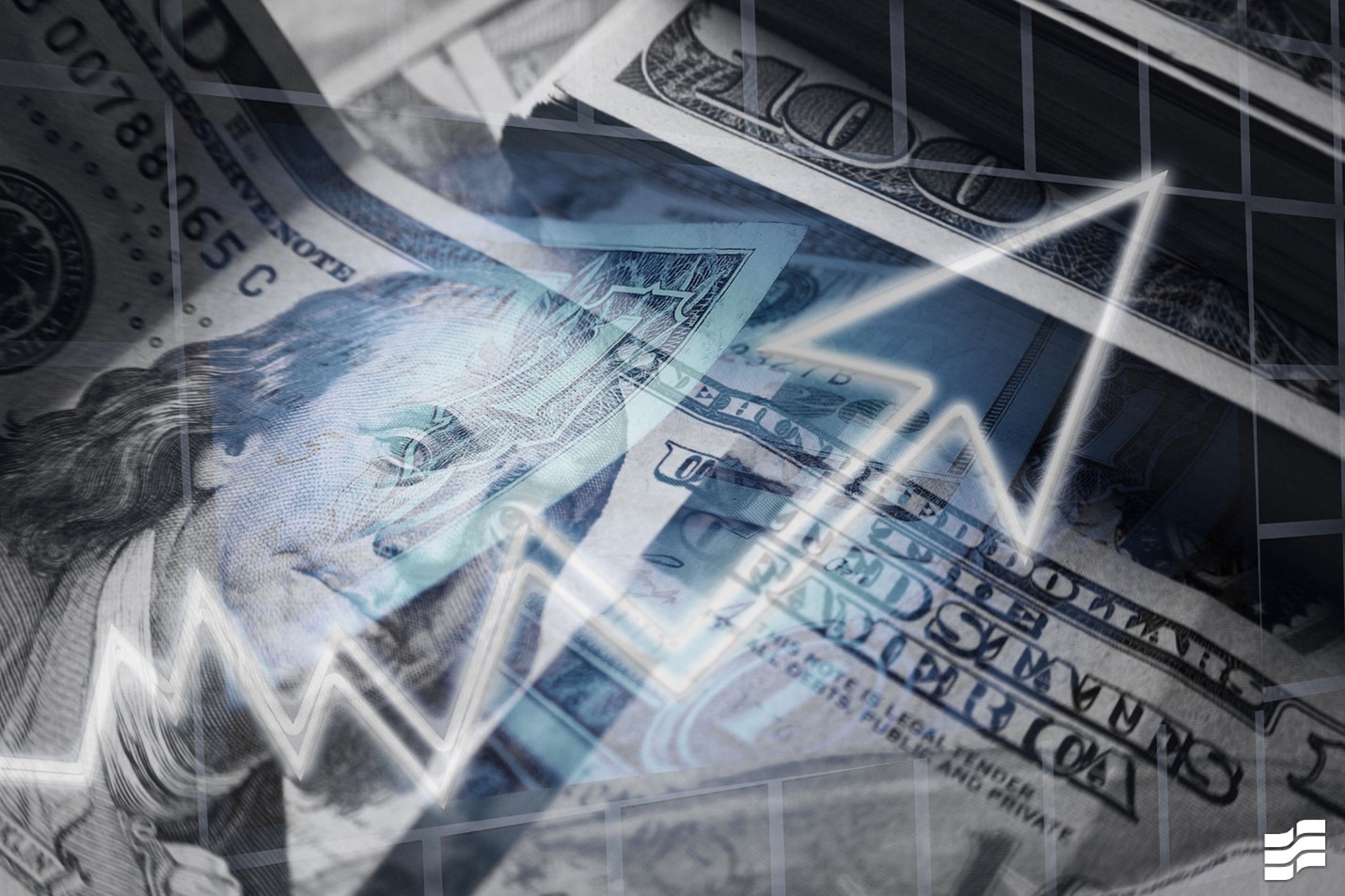Can Green Card Holders Buy a House & Get a Mortgage Loan in the United States?

 Jun 23, 2022
Jun 23, 2022
“Inflation” comes from the Latin term inflare, or to “blow up or inflate”... and if you’ve been watching the news lately, it’s no surprise that it’s such a hot topic. Because everywhere you turn these days, prices are going up. Normally, when the rate of inflation increases gradually, that is good for the overall economy. But now we’re in new territory: as of May 2022, the annual inflation rate in the U.S. rose to 8.6% -- the highest it’s been in 40 years. Gas is over $5 a gallon in towns around the country. Oil and electricity are up. Big bumps in the price of meat, poultry, fish, and eggs mean higher grocery bills. Rents keep rising. Used cars and trucks are selling for unprecedented prices. And with travel back in full swing, the demand is driving higher airfares. The dollar has taken a hit and we’re all feeling it.

Hold the Cheese
Average cost of 1lb of hamburger
1930: 12 cents
2021: $4.03
Source: www.thepeoplehistory.com
Take a poll of family and friends and you’ll find a lot of people aren’t entirely sure how to explain inflation -- but they certainly know how it’s changing their spending. We thought we’d take a closer look at what inflation is all about and how it is affecting Americans everywhere and offer up some smart ideas on how you can ride it out.
People are talking about inflation...
2022: Pay more, get less. - Kate
I think of the 1980s and my mortgage interest rate at 13%. - Daniel
We need to socialize now in a fiscally responsible way - Allison
Even going out for a cup of coffee seems like an indulgence. - Kelley
I don't drive much anymore, but now I’ll definitely be staying home even more - Laura
I see my paycheck flying out the window - Laura
Have to start riding my bike more. - Mary Beth
I think everything will get more expensive while my job salary will not rise. - Reed
Sacrificing purchases that help my mental health such as vacations or a night out in favor of a tank of gas or groceries. - Drew
What is Inflation?
Simply put, it is the increase in the price of goods and services in an economy over time. As inflation goes up, the value of the dollar goes down-- and consumer purchasing power decreases.
How is it Measured?
The most typical measure of inflation is the Consumer Price Index for Urban Consumers (CPI-U), which is released monthly by the Bureau of Labor Statistics and averages the cost of a basket of goods and services from areas around the U.S.
What Causes Inflation?
Several factors play a role in inflation, including economic growth (globally and locally), government policies (cutting taxes, lowering interest rates, printing money), energy prices, higher wages, and supply chain issues due to the ongoing pandemic. The war in Ukraine has not helped either.
During COVID-19, people were able to save more money by being home so much. Stimulus checks also helped consumers feel more flush. And when the world opened back up, so did the economy. Jobs were plentiful, wages rose, people were spending again. Things were looking good after the quiet years of the pandemic.
There are two main drivers of inflation:
1. Cost-push inflation: When production costs for certain goods go up, the increased costs are passed on to the consumer.
2. Demand-pull inflation: When demand for goods increases, prices increase -- and consumers are willing to pay more.
How is Inflation Managed?
The Federal Reserve or “Fed”, America’s central bank, is charged with overseeing the nation’s economic and financial stability. To that end, the Fed seeks to keep inflation around a healthy 2%. Tools used to achieve this include 1) Adjusting interest rates quarterly, which affects the ebb and flow of money into the economy, and 2) Quantitative Easing, where securities are purchased in an attempt to lower interest rates, increase the money supply, and create more lending to both consumers and businesses.

How You Can Take Charge of Your Money:
Where does all this leave you, the consumer, trying to make your money last? First and foremost, remember that history has shown us that eventually things will level out. But unfortunately, we don’t know how soon that will happen. As the cost of living continues to rise, there are things you can do to mitigate the pain in your wallet.
1. Follow a Budget. If you do just one thing, create a budget and try to stick to it. You need to be aware of where your money is going if you want to find ways to hang on to more of it. Write down all your costs and bucket them by priority, like essentials: Housing, healthcare, food, utilities, and non-essentials: Gym memberships, dining out, travel, entertainment, salon care and more. Negotiate new rates with cable, internet, and smartphone providers.
2. Cut Back On Extras. Reducing your expenses here and there adds up to more savings. Cancel the number of streaming services you’re watching. Cancel print and online subscriptions. You can find most anything for FREE at your local library, including magazines, newspapers, books, CDs, DVDs, and more.
3. Cut Back on Gas. At $5 a gallon and still rising, plan those miles carefully. Bundle up errands into one trip. Bike, walk, carpool, or take public transportation to work or just around town. Save the car for when you really need it and download an app that compares gas prices near you. Join a loyalty program at your local station. Even smarter, maybe it’s time to buy a fuel-efficient or electric car?
4. Refresh Your Emergency Fund. You hear it all the time, and it’s true: you need cash you can count on when times are tough. Experts say having three months of living expenses is a good idea to have socked away. Others recommend six months. Put that cash in a high-yield savings or CD account for an added boost -- but make sure you can commit to a CD maturity date you can wait for (usually from three months to 5 years.)
5. Deal with Debt. It’s not easy right now if you have variable debt on credit cards, lines of credit, personal loans, or a mortgage. You’re going to be paying more as interest rates go up. Do what you can to reduce your balance. Consider getting a personal loan or consolidating debt with a low-interest rate or 0% introductory APR credit card. To add more to your payment, sell items you no longer need for extra cash.
6. Do a Home Audit. Fortunately, it’s summertime -- so no worries about heating costs. But since you’ll be running fans and air conditioners, check that all doors and windows are sealed. Control your appliances with an app to cut down on over usage. Close curtains during the day to block the rays and open windows at night to let the cooler air in. Want to help the environment? Install solar panels and help out your electric bill at the same time.
Meg Schutte is a Bank of Hope Blog contributor.
The views and opinions expressed in this article do not necessarily represent the views and opinions of Bank of Hope.


